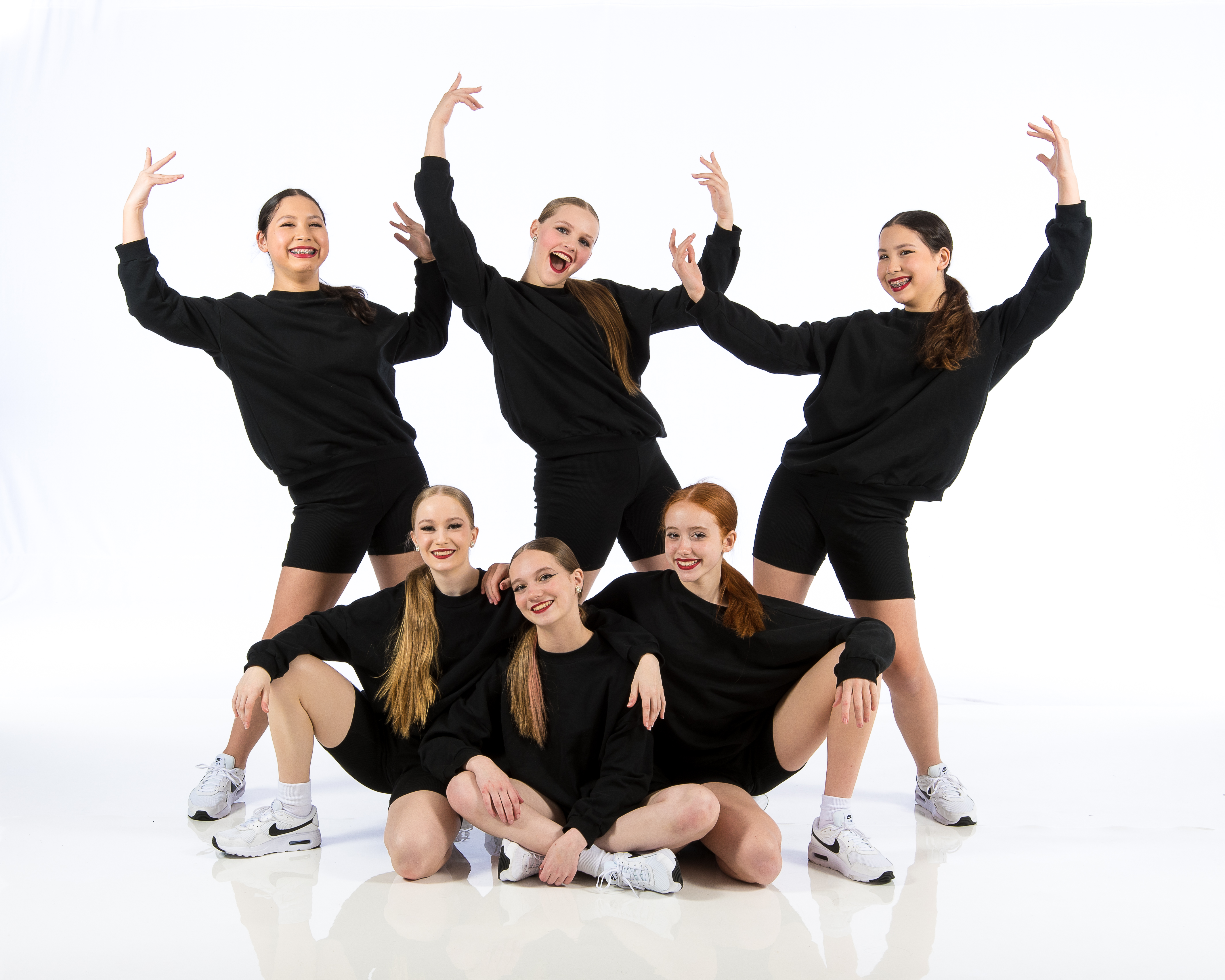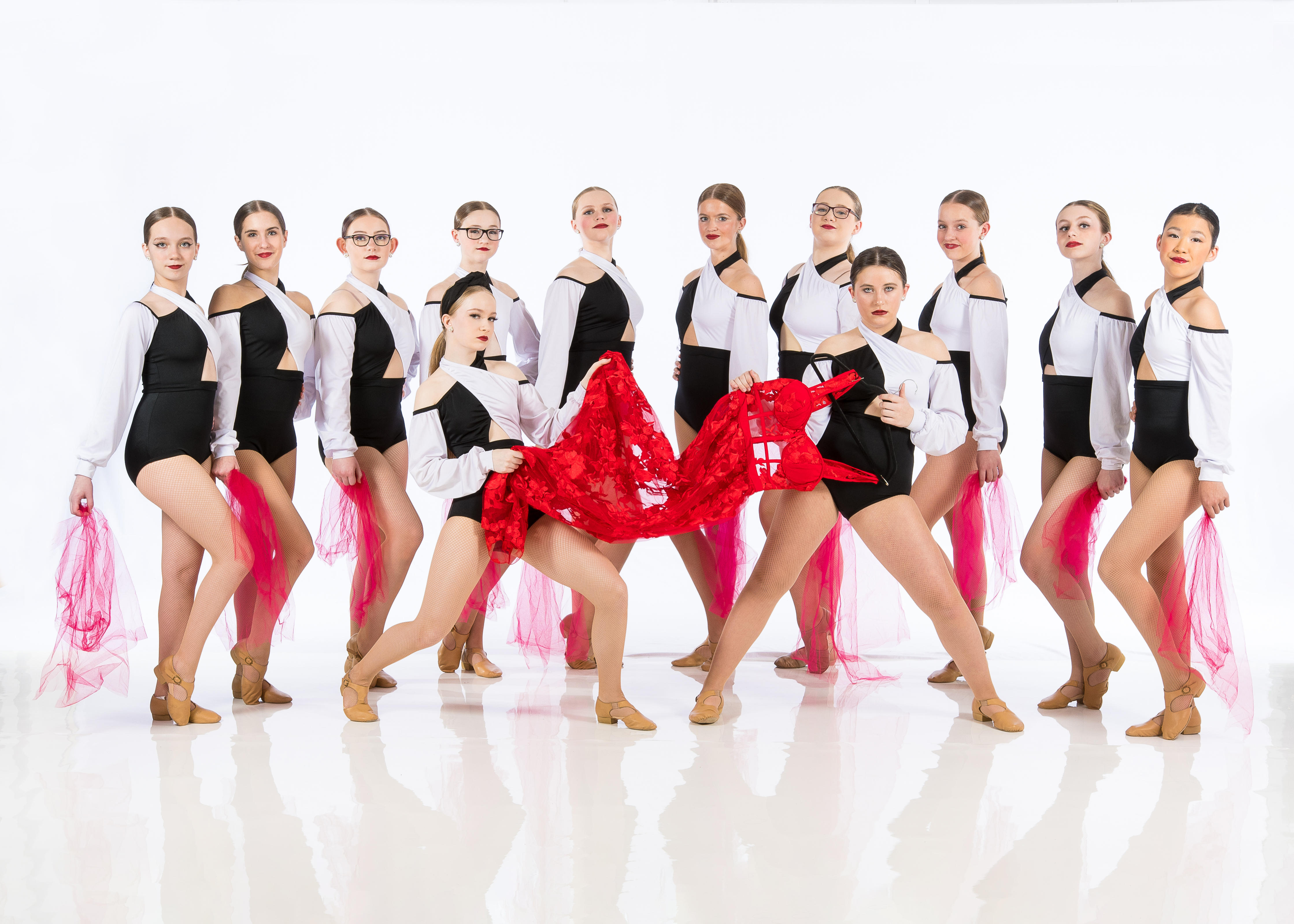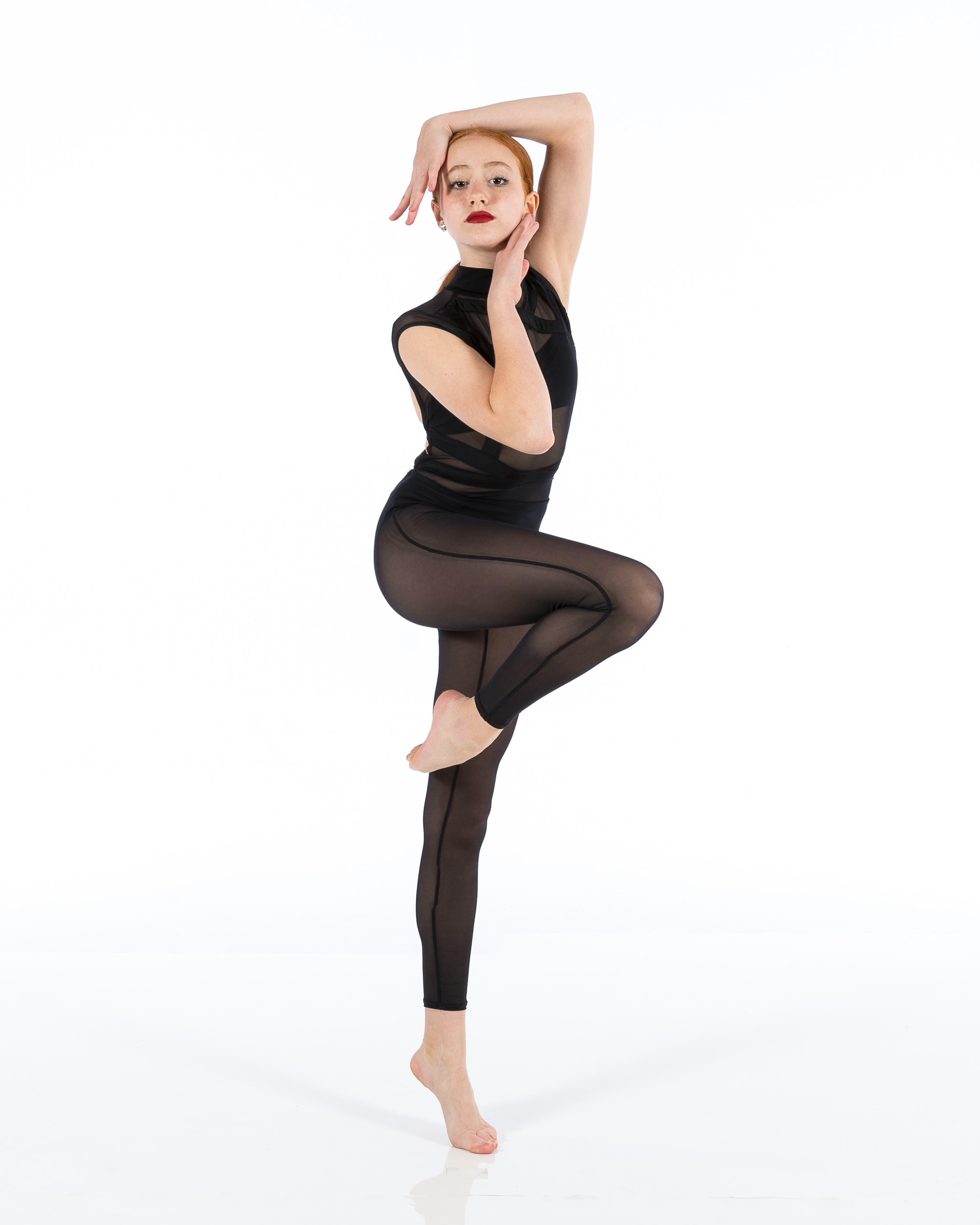Introduction
In the world of dance, the phrase "variety is the spice of life" rings particularly true. Learning different dance styles not only enhances your repertoire but also significantly improves your overall technique. Whether you're a beginner looking to make your first moves or a seasoned dancer aiming to refine your skills, understanding various dance styles can enrich your performance in ways you might not have imagined. This article delves into how learning different styles can improve your overall technique, exploring various dance forms and their unique benefits.
Table of Contents
Understanding Dance Styles What Are Dance Styles? Evolution of Dance Styles The Importance of Diverse Dance Styles Enhancing Creativity Through Different Genres Building Versatility as a Dancer How Learning Different Styles Can Improve Your Overall Technique Strengthening Core Skills Improving Musicality Popular Dance Styles to Explore Ballet- Origin and Characteristics Benefits of Ballet Training
- Cultural Significance Physical Benefits of Hip-Hop Dance
- The Birth of Jazz Dance How Jazz Informs Other Styles
Understanding Dance Styles

What Are Dance Styles?
Dance styles are various forms that represent cultural traditions, artistic expressions, and personal interpretations through movement and rhythm.
Evolution of Dance Styles
The evolution of dance styles has been greatly influenced by historical events, cultural shifts, and even technological advancements.
The Importance of Diverse Dance Styles
Enhancing Creativity Through Different Genres
Exploring multiple dance styles allows dancers to tap into a broader range of creativity and expression.
Building Versatility as a Dancer
Versatility is crucial; dancers who are proficient in multiple styles can adapt more easily to different performances or choreographies.
How Learning Different Styles Can Improve Your Overall Technique
Strengthening Core Skills
By venturing beyond one's primary style, dancers sharpen their core skills such as balance, flexibility, and coordination.
Improving Musicality
Musicality refers to the ability to interpret music through movement effectively; exposure to different rhythms broadens this skill set.
Popular Dance Styles to Explore
Ballet
Origin and Characteristics
Ballet originated during the Italian Renaissance and involves precise movements and techniques.
Benefits of Ballet Training
Ballet provides a strong foundation for all other dance styles due to its emphasis on discipline and technique.
Hip-Hop
Cultural Significance
Hip-hop dances emerged from urban culture in America and serve as an expressive outlet for many dancers.
Physical Benefits of Hip-Hop Dance
This energetic style promotes cardiovascular health while enhancing agility and strength.
Jazz
The Birth of Jazz Dance
Jazz combines elements from African American cultural expressions with European influences.
How Jazz Informs Other Styles
Many contemporary dances borrow techniques from jazz, making it essential for well-rounded training.
Integrating Traditional and Contemporary Styles
Tapping into Folklore through Traditional Dances
Dancing traditional folk styles connects Dance Styles in King City us with our roots while preserving history through art.
Merging Modern Techniques with Classical Foundations
Merging contemporary techniques with classical foundations creates innovative choreography that captivates audiences.
The Role of Improvisation in Learning
Improvisation encourages spontaneity in movement—an essential skill across all dance genres that fosters personal interpretation in performance.
How Different Dance Styles Foster Social Interaction
Dancing often brings people together; social dances like salsa or swing create community bonds while promoting teamwork among dancers.
Bridging the Gap: From One Style to Another
Switching between diverse dance styles can feel challenging initially but becomes easier with practice; familiarity breeds confidence!
Training Methods Across Different Genres
Training methods vary widely among dance styles—some emphasize rigorous techniques while others focus on creative exploration.
Common Challenges When Learning New Styles
Learning new dance styles presents challenges such as overcoming physical limitations or adapting mental frameworks about movement patterns.
Tips for Transitioning Between Dance Styles
- Start slow by focusing on one new style at a time. Attend workshops led by experienced instructors. Practice consistently both inside and outside classes.
These tips will ease transitions between genres while building confidence along the way!
How Learning Different Styles Can Improve Your Performance Quality
Incorporating elements from various dance forms enhances overall performance quality by adding depth and nuance that captivate viewers' attention!
The Psychological Benefits of Diversifying Dance Techniques
Engaging in multiple dance styles has proven psychological benefits; it reduces stress levels while promoting self-esteem through mastery over different movements!
Success Stories: Dancers Who Flourished by Embracing Variety
Many renowned dancers attribute their success stories to embracing variety within their training—this approach fosters innovation that leads them toward greatness!
FAQs About Learning Different Dance Styles
What is the best way to start learning new dance styles?

A great way is to take beginner classes or watch online tutorials that introduce you gradually without overwhelming you.
Can learning multiple dance styles confuse me?
While it may initially seem daunting, exposure helps strengthen muscle memory over time leading ultimately towards greater proficiency.
Is it necessary for a professional dancer to learn different styles?
Absolutely! It opens doors for more opportunities within diverse performance contexts.
How long does it usually take to become proficient in another style?
Proficiency varies based on commitment levels but generally takes months rather than years depending on individual dedication.
Are there any physical risks associated with switching between genres?
Yes, however proper warm-ups combined with cooldowns help minimize injury risks when transitioning frequently!
6. What role does improvisation play across various genres?
Improvisation allows for personal expression which deepens emotional connections made during performances!
Conclusion
In summary, mastering different dance styles not only enhances your technical prowess but also enriches your overall experience as an artist! By embracing variety within training regimens—dancers cultivate versatility while fostering creativity—that ultimately leads towards incredible growth! So why not lace up those dancing shoes today? Dive into something new—you never know what incredible heights await you!
